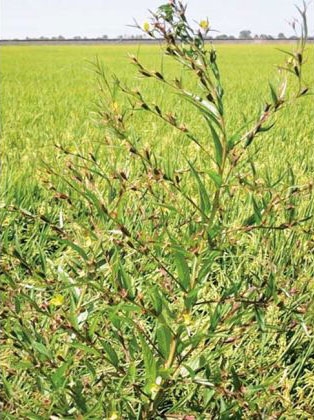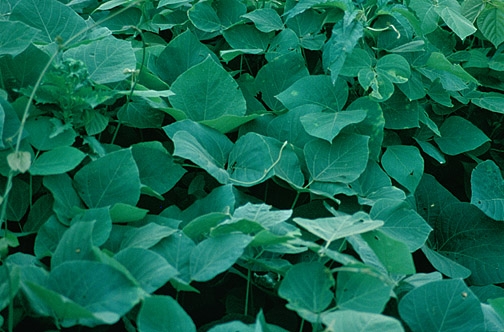Posts Tagged: invasive weeds
Unwelcome weed 'stinkwort' spreading quickly in California
Stinkwort made its first California appearance in 1994, but remained quite rare until the mid-2000s, when it began spreading rapidly. Stinkwort is now found in 36 of the state's 58 counties, particularly along roadsides.
"If it gets a major foothold and produces millions and millions of seeds, then the seedlings will grow and they can form a carpet," DiTomaso said. "Then it would block light and prevent the growth of more desirable species – like native plants. It will out-compete them, and that is a concern."
Another troubling aspect is that the weed has been seen in vineyards, said John Roncoroni, UCCE advisor in Napa County, a weed science expert.
"I've seen it on the roadsides in Napa, and it's just encroaching into the vineyards at Napa Valley College," he said.
When Contemplating Biocontrol of Pests
What are the important considerations when contemplating the biological control of pests? That's one of the topics when the Northern California...

Lady beetle, aka ladybug, prowling for aphids on a blanket flower, Gaillardia. (Photo by Kathy Keatley Garvey)

Close-up of lady beetle, aka ladybug. (Photo by Kathy Keatley Garvey)
Invasive weed threatens California rice
The weed is highly invasive, produces vast quantities of seeds and survives under a wide range of hydrological and climatic conditions.
"Farmers have to keep an eye out for this weed, and let us know if they think they have it," said Luis Espino, UC Cooperative Extension advisor in Colusa, Glenn and Yolo counties, a rice production expert.
Unlike other waterprimroses, the winged primrose willow can grow within flooded rice fields, which makes it even more problematic for local farmers if it should get established in this area, Espino said.
UC farm advisor outlines problems posed by invasive species
Faber said invasive species are being introduced at a rapid rate around the world, and are primarily spread by humans.
He differentiated between non-native plants that are beneficial, such as avocados and citrus, and invasive plants that have been accidentally introduced into an ecosystem where they run rampant.
"An invasive species is something out of place and out of control," he said.
Fresno State report confirms state’s farmers apply water efficiently
Fresno State press release
Claims that California farmers are wasteful and inefficient in managing their water supplies are inaccurate, according to a new report released by Fresno State's Center for Irrigation Technology.
The study is the culmination of a yearlong effort by irrigation experts to update the 1982 University of California Cooperative Extension report “Agricultural Water Conservation in California with Emphasis on the San Joaquin Valley” by David C. Davenport and Robert M. Hagan.
The new study concludes that the 1982 report correctly framed the potential for agricultural water-use efficiency, and many of its findings are still relevant 30 years later.




